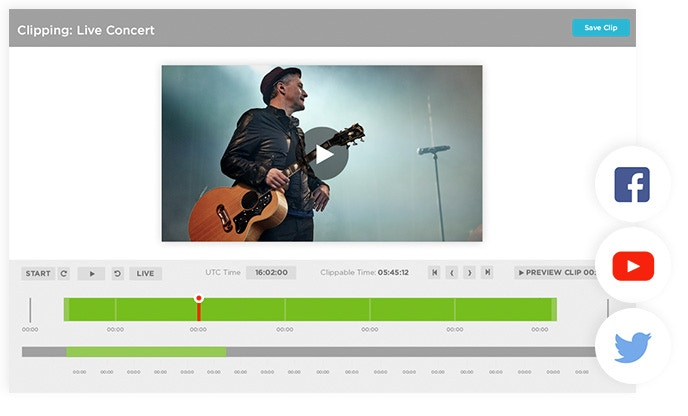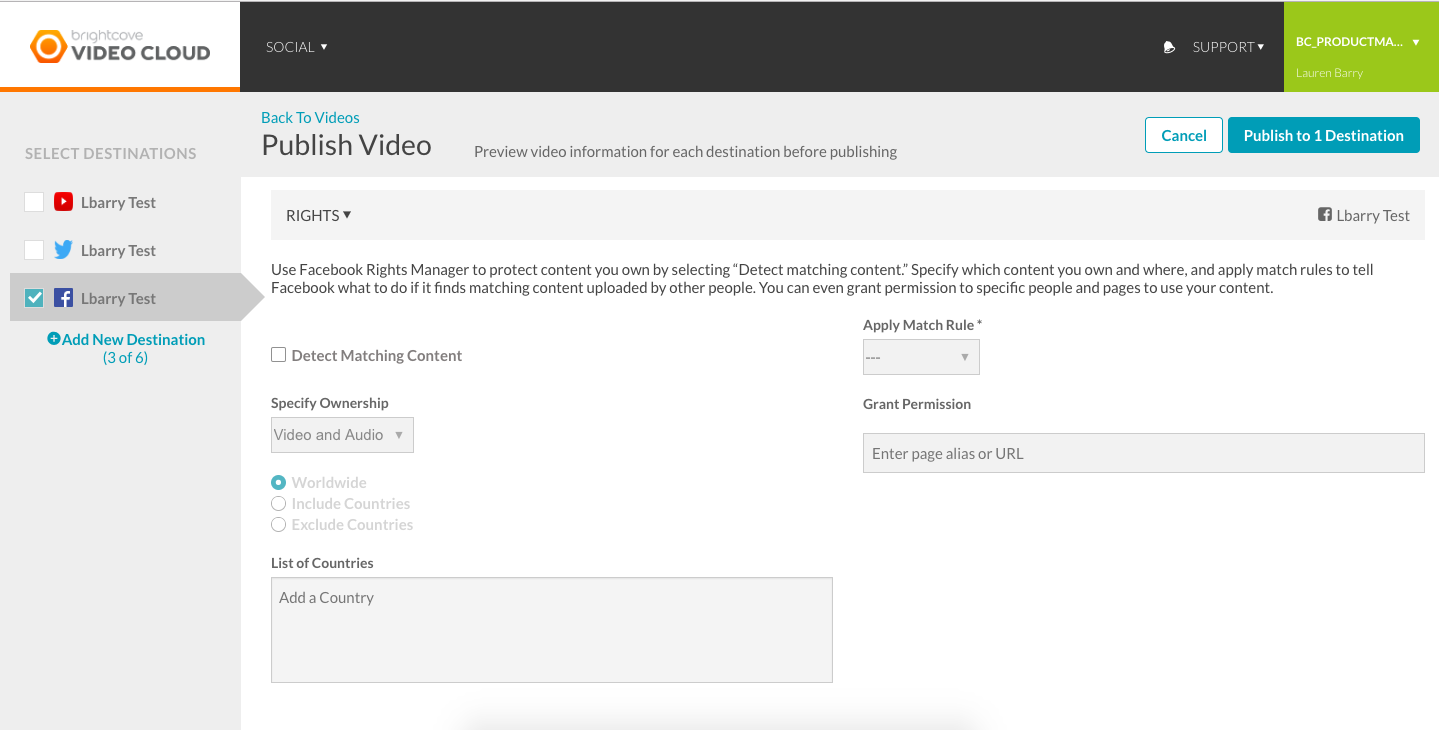Data can be a powerful tool for marketers around the world. By leveraging customer and prospect data, you can drive successful campaigns that resonate with your audience in exciting new ways.
But before you can effectively leverage this data, your organization needs to have the right data strategy in place. As Drew Donaldson—content and data strategist and founder of GroHaus, a consulting firm focused on helping businesses develop organic content and data strategies—points out, this strategy must address three main challenges:
“Most organizations collect data on video views, web site visits, downloads, etc., only to find that they are unable to effectively leverage the collected data for marketing campaigns, management insights, or even simple trend analytics,” Donaldson stressed following his presentation at Brightcove’s most recent annual PLAY conference.
“To make the most of the data we collect—and not spend countless hours manually creating reports that are not all that meaningful—organizations need to bite the bullet and establish a strategy for managing data. This first step can be a heavy lift, but it is critically important in order to begin using data to drive marketing.”
WHY YOU NEED A GOVERNANCE PLAN FIRST
In order to make the most out of the data you collect, you need to have the necessary governance plan in place. “Data governance, while broad in scope, boils down to the rules of the road for data collection, storage, and utilization,” explains Donaldson. “You need to have a clear policy on how you collect data, what data you collect, how that data is stored, who has access to it, and what you’re going to do with it now that you have it. You also need to clearly share these policies with your audience (customers/prospects) not only because it is the right thing to do but as it’s now a legal requirement according to GDPR and CCPA—as well as a host of smaller laws making their way through legislatures around the world.”
“Without governance, all your cool data-driven automations and deep-market insights won’t be possible,” Donaldson stresses. “Data governance is the liver and onions before you get a big bowl of micro-targeted ice-cream. It is the foundation from which everything else that you want to do with your data is built.”
When it comes time to establish an effective data standardization and governance program, your executive leadership plays a crucial role. Unfortunately, as Donaldson called out, this type of leadership is lacking among many companies today. Consider the reaction among companies to the European Union’s General Data Protection Regulation (GDPR), an EU law on data protection and privacy for all individual citizens of the European Union (EU) and the European Economic Area (EEA). Six months after the law was enacted, 47.9% of affected companies still had no formal process in place to become GDPR-compliant. And they’re not alone:
-
Only 41% of all companies have a defined data governance program in place
-
39.6% of companies report they do not have the human assets in place to establish a formal governance strategy
-
And 18.8% of companies have senior leadership that do not think data governance is important
It’s time to take action. “Without governance, marketing will be consumed by the manual and repetitive creation of reports that offer two-dimensional static insights,” Donaldson notes. “Without this crucial first step, discovering and tracking those high-value insights on a consistent basis will be nearly impossible. What you’re left with is all data, no story (or worse, the wrong story).”
AUTOMATING REPORTING AND REVEALING DATA
Once your organization has the necessary data governance and standardization procedures and policies in place—which typically involves establishing a schema, creating a unique identification convention, and mapping user data—you’ll be able to automate reporting and fully leverage your databases. Doing so will reveal a treasure trove of critical insights and stories.
With his clients, Donaldson is able to automate the extract, transform, and load (ETL) process in order to marry data from multiple data sources through the use of Domo and other BI tools—including Power BI, MySql, and Python.
“Our multi-channel client reporting ETL automation pulls in data from Google Analytics, Eloqua, Brightcove, and various other sources; runs a number of labeling processes; and then separates the content based on identifying values for each client thereby creating independent data sets for each client,” Donaldson explains. “The data that we collect in various forms—from site-served cookies, white paper download forms, webcast registrations, etc.—provide insights into the demographics of our audience. This allows us to show our clients that their content is getting in front of the right people and which user groups are being attracted by a specific piece of content, with daily breakdowns and running totals of the data.”
On the video side of things, Donaldson gets data from Brightcove Audience, which allows him to track viewer behavior to the individual level and introduce a much deeper level of reporting to his video clients. Instead of just reporting on impressions and views, he can provide aggregate and individual-level engagement to highlight how well a video is performing among specific subgroups. When interconnected with additional engagement, demographic, and individual data sets, Donaldson can tell much richer stories and provide valuable tools and information.
JUST DON’T FREAK PEOPLE OUT
Of course, the purpose of data collection is not just to generate a report or one-off anecdotes, but to develop marketing vehicles and campaigns that leverage these findings to reach existing and prospective customers. But Donaldson’s advice to marketers who want to use ultra-granular demographic or behavioral data to directly target prospects is simple: Don’t do it.
“People tend to be creeped out in general by the idea of data collection,” he points out. “If a marketer uses an overly targeted approach or if your marketing materials leverage overt personal details about your recipient based on data collected online, it may have the opposite of the intended effect and freak people out.”
When creating data-driven campaigns, it’s important to keep in mind how your tactics will be perceived by your target audience. Donaldson urges you to put yourself in their shoes: “How would you feel if you received an advertisement or offer from a company that seems to know more about you than they should, integrating your daughter’s name or your anniversary? This may seem extreme but this is all data that is easily scraped from public sources. Would you choose to continue doing business with them or be freaked out and avoid them like the plague?”
Right now, valuable stories are hiding inside your organization’s data—from trends that only come into focus through joining and analyzing of different data sets to deeply granular demographic information about your audience. By implementing data governance, standardization, and automation, you can identify these stories and leverage your data effectively.











